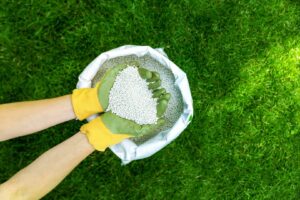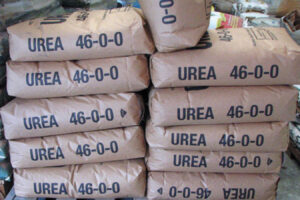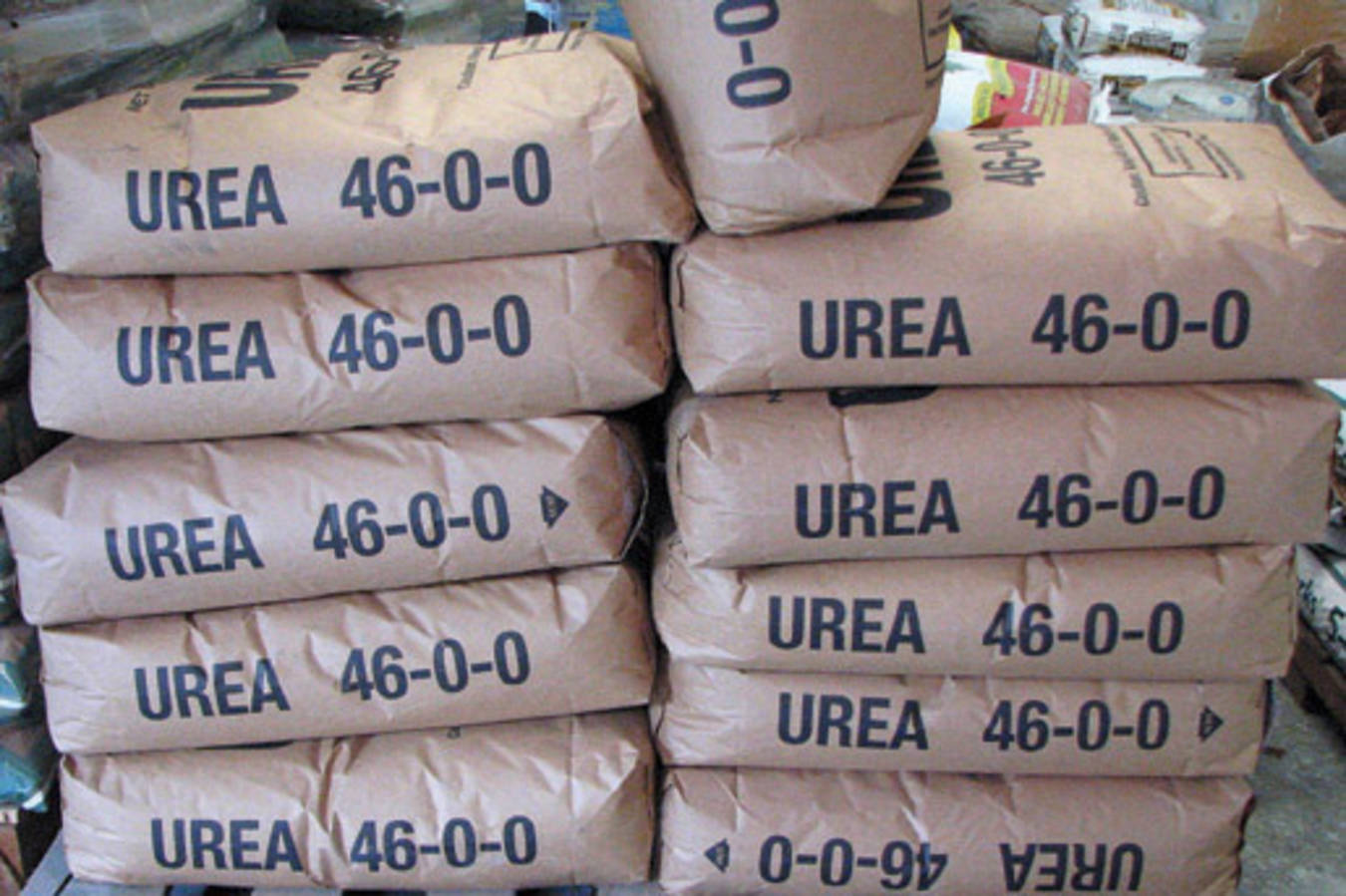A lush green lawn is the envy of every homeowner, exuding beauty, vitality, and curb appeal. Achieving and maintaining such a vibrant expanse of grass requires more than just regular watering and mowing; it demands proper nourishment to thrive. Among the arsenal of lawn care tools, urea fertilizer stands out as a potent ally in the quest for verdant perfection. Let’s explore the science behind urea’s effectiveness and its role in nurturing healthy, vibrant grass lawns.

Understanding Urea Fertilizer
Urea, a nitrogen-rich compound, is one of the most widely used fertilizers in agriculture and horticulture. Its popularity stems from its high nitrogen content, which fuels vigorous plant growth and vibrant green foliage. In the context of lawn care, urea serves as a vital source of nitrogen, essential for promoting lush, healthy turf.
When applied to the soil, urea undergoes a process called hydrolysis, where it is converted into ammonium and carbonate ions by soil enzymes. The resulting ammonium ions are readily absorbed by plant roots, providing an immediate source of nitrogen for grass growth. Over time, the remaining carbonate ions undergo further breakdown, releasing additional nitrogen into the soil, thus sustaining long-term fertilization benefits.
Benefits of Urea for Grass Lawns
The application of urea fertilizer offers a multitude of benefits for grass lawns, ranging from enhanced color and vigor to improved stress tolerance and resilience. Here are some key advantages:
- Promotes Growth: Nitrogen is a primary component of chlorophyll, the pigment responsible for photosynthesis. By supplying ample nitrogen, urea fertilizer stimulates robust leaf and shoot growth, resulting in a denser, more luxurious lawn.
- Enhances Color: Nitrogen plays a crucial role in chlorophyll production, giving grass its characteristic green hue. Regular applications of urea ensure that grass maintains its vibrant color throughout the growing season, even under challenging conditions.
- Improves Stress Tolerance: Nitrogen is essential for strengthening plant cell walls and promoting overall plant health. By fortifying grass against environmental stressors such as heat, drought, and disease, urea fertilizer helps maintain a resilient, vigorous lawn.
- Facilitates Recovery: Urea fertilizer accelerates lawn recovery from damage caused by foot traffic, pet waste, or environmental factors. Its rapid uptake by grass roots ensures swift regeneration of damaged turf, restoring the lawn to its former glory.
- Cost-Effective: Urea fertilizer is cost-effective and readily available, making it an economical choice for homeowners seeking to maintain a lush green lawn without breaking the bank. Its long-lasting effects reduce the need for frequent reapplication, saving both time and money in the long run.

Best Practices for Urea Application
While urea fertilizer offers numerous benefits for grass lawns, proper application is essential to maximize its effectiveness and minimize potential drawbacks. Here are some best practices to follow:
- Timing: Apply urea fertilizer during periods of active grass growth, typically in spring and early summer. Avoid fertilizing during periods of drought or heat stress, as this can increase the risk of nitrogen burn.
- Even Distribution: Use a broadcast spreader to ensure even distribution of urea fertilizer across the lawn. Avoid applying excessive amounts in concentrated areas, as this can lead to uneven growth and potential damage to grass roots.
- Watering: After applying urea fertilizer, water the lawn thoroughly to promote rapid dissolution and absorption of nitrogen into the soil. This helps prevent nitrogen loss through volatilization and ensures optimal uptake by grass roots.
- Avoid Mowing Immediately: Refrain from mowing the lawn immediately after applying urea fertilizer, as this can remove newly deposited nitrogen before it has been absorbed by grass roots. Wait at least 24-48 hours before mowing to allow for optimal uptake and utilization of nitrogen.
- Monitor Soil pH: Regularly monitor soil pH levels to ensure that they remain within the optimal range for grass growth. Urea fertilizer can contribute to soil acidification over time, so periodic soil testing and pH adjustments may be necessary to maintain a healthy lawn environment.

Conclusion
In the quest for a lush green lawn that stands out for its beauty and vitality, urea fertilizer emerges as a trusted ally, supplying the essential nutrients needed for robust grass growth and vibrant foliage. By understanding the science behind urea’s effectiveness and adopting best practices for application, homeowners can nurture healthy, resilient lawns that serve as a source of pride and enjoyment for years to come.
Contact us today for a free estimate at
(857) 504-5117 or email us at
contact@greenpulselandscaping.com to schedule a consultation and learn how we can help you achieve a lush, green lawn.
Click to Call Us!




